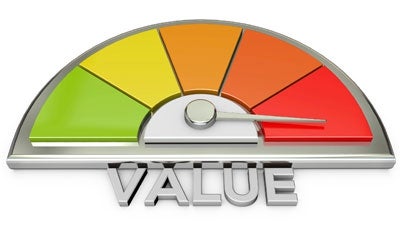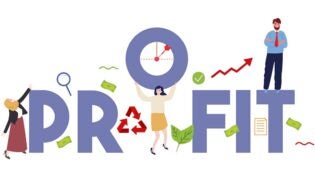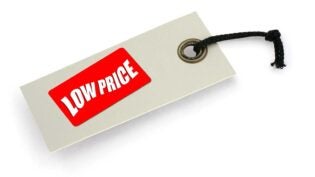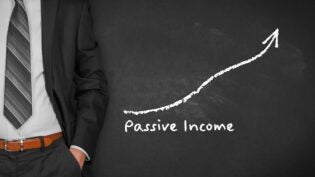
The concept of CLV or customer lifetime value has been used for many years to describe the value of a particular customer or customer segment to a company. It’s easy to get caught up in the concept of what’s good for the company because that’s where profit comes from. However, it might be appropriate to look at EVC, a new concept, but often overlooked. EVC refers to the economic value of a product or service to a customer. For as CLV measures the value to the company of a product or service, EVC measures of value of the product or service to the customer.
Few organizations pay attention to EVC because even though it is a simple concept, the calculation has some challenging variables. The general formula for EVC can be stated simply as:
EVC = tangible value + intangible value
The tangible value is usually easier to calculate since it will refer to improved productivity, speed, or some other metric that is easy to measure. The intangible value usually refers to variables that are not easily measured, such as color, ego satisfaction, keeping up with the Joneses or satisfying a whim.
Related Article: How Much Should You Invest in Marketing?
The reason the concept of EVC is a worthwhile metric is that it is one of the easiest ways to compare products and services between competitors and even within an individual company with multiple products and services. So long as the EVC of a product or service is greater than the competitor’s it will have a greater attraction for customers.
Another reason to use the EVC metric is to compare the value with the price of the product or service. When the price of the product or service exceeds the value of EVC, the attraction of the product or service will likely diminish in the eyes of the customer.
The bottom line is that the concept of EVC should become part of every company’s product analysis. It is not a measurement that is taken once and forgotten since the value is obviously going to change as the market changes and hence should be a part of every periodic product or service review. It’s time to start measuring EVC.
This article was originally published by The Customer Institute
Published: June 4, 2015
5828 Views
5828 Views












